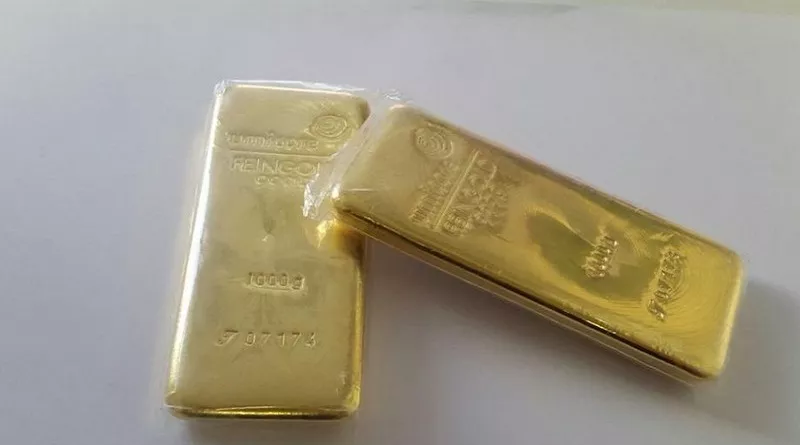Gold has surged more than 40% in the past year, hitting historic highs and sparking a dramatic increase in both buyer and seller activity. In London’s Hatton Garden, long queues outside gold dealerships reflect the metal’s growing allure as a safe haven amid economic uncertainty and geopolitical strife.
At Hatton Garden Metals, a family-run business, the boom is visible in piles of old jewellery and gleaming bullion. Emma Siebenborn, the firm’s strategies director, recently displayed a plastic tub filled with scrap gold valued at £250,000—a daily occurrence at the shop. High-value gold bars and coins, including a 1kg bar worth approximately £80,000, are increasingly popular among investors.
“There’s real excitement in the air,” said managing director Zoe Lyons. “People are lining up to sell, and many are looking to buy.” Lyons added that the surge in price has brought a blend of enthusiasm and nervous speculation about where the market is headed.
Nearby, MNR Jewellers reported similar trends. Demand for gold has grown sharply, especially after prices reached a new all-time high of over $3,500 per troy ounce in late April. That figure exceeds the inflation-adjusted peak set in January 1980, underscoring gold’s renewed prominence in global markets.
What’s Driving the Surge?
Multiple factors have contributed to gold’s meteoric rise. Economists cite global economic uncertainty, including unpredictable shifts in U.S. trade policy, as key drivers of market volatility. In such environments, gold is seen as a stable store of value.
“This is a perfect storm,” said Louise Street, senior markets analyst at the World Gold Council. “Rising inflation and recession fears are making gold more attractive than ever.”
Central banks have also intensified the rally, collectively purchasing over 1,000 tonnes of gold in 2022 alone—a 55-year record. Countries like Poland, Turkey, and China have been particularly active, seeking to fortify reserves amid global instability.
Is a Gold Bubble Forming?
Despite its safe-haven status, gold is not immune to sharp corrections. Analysts caution that such rapid increases in price can signal an overheated market. Jon Mills, an industry expert, warned that gold prices could drop to around $1,820 per ounce if mining output increases and central bank demand wanes.
Still, some remain bullish. Goldman Sachs recently predicted gold could reach $3,700 per ounce by the end of 2025, with potential spikes up to $4,500 if economic and geopolitical risks escalate.
Outlook for Investors
As gold continues its dramatic rise, investors face a familiar dilemma: ride the wave or prepare for a potential pullback. Historical patterns suggest that steep gains often precede corrections, raising the risk for latecomers to the market.
Experts advise caution and diversification. While gold offers security in uncertain times, its volatility requires a balanced strategy. For now, the precious metal continues to shine, but how long the glint lasts remains to be seen.


